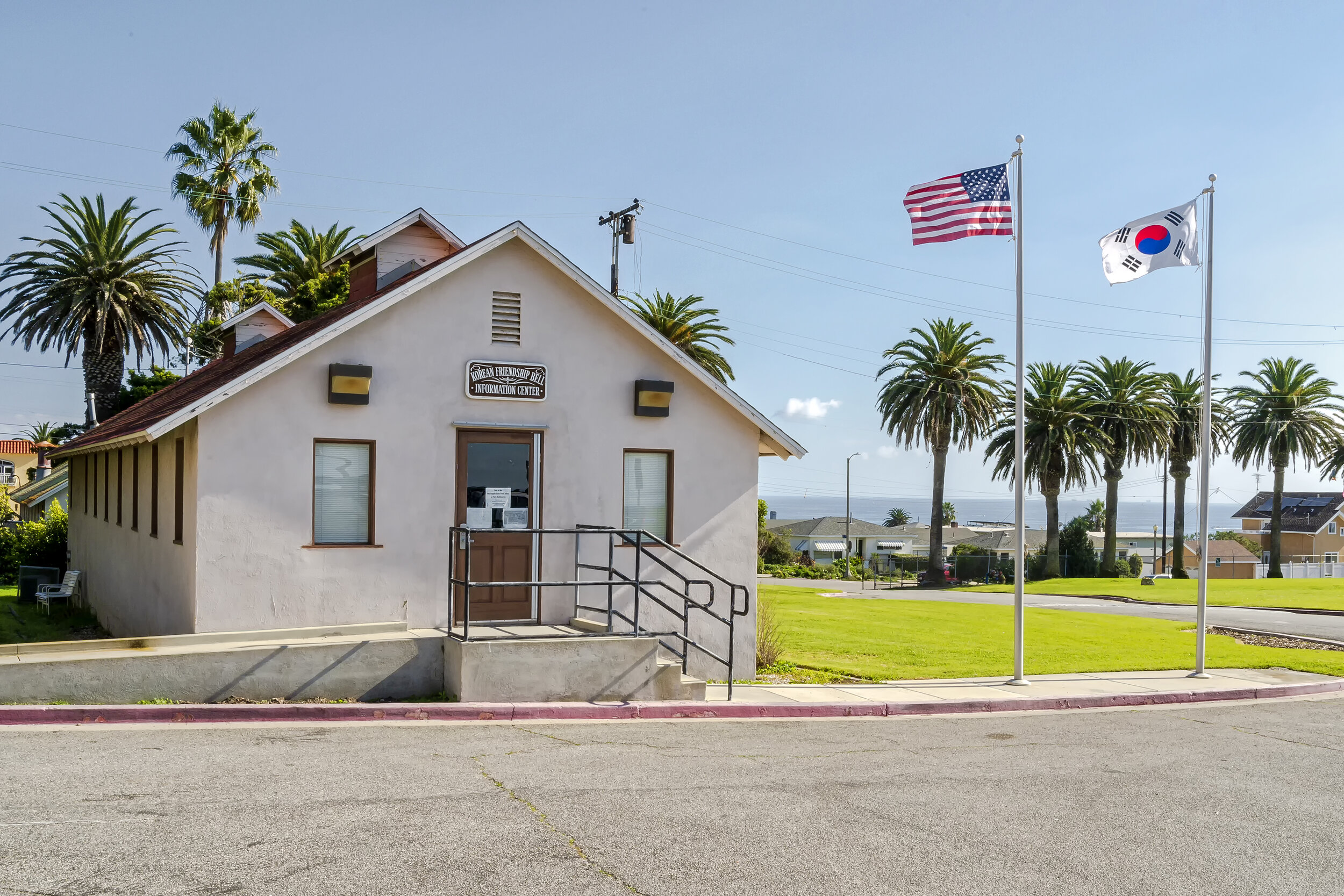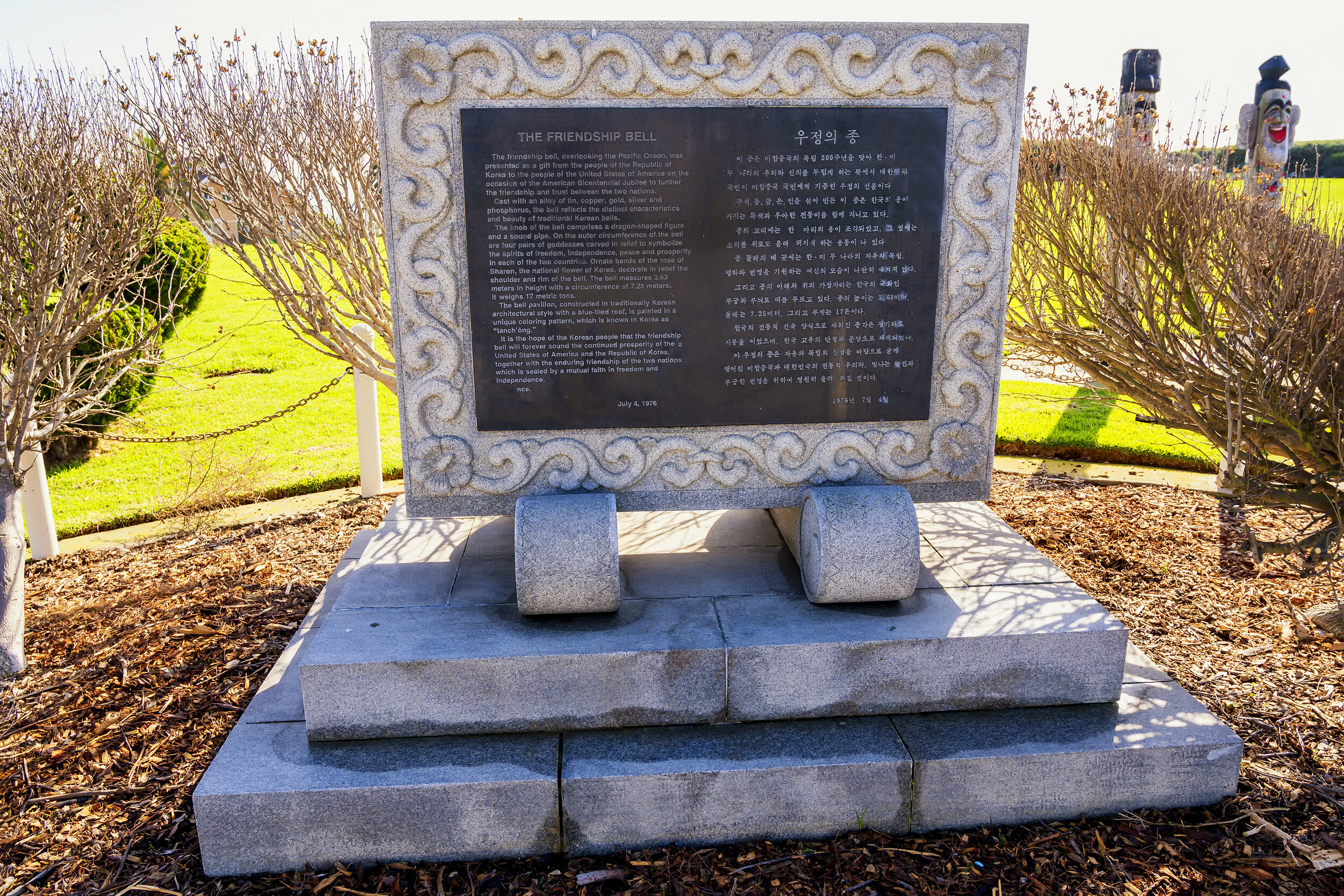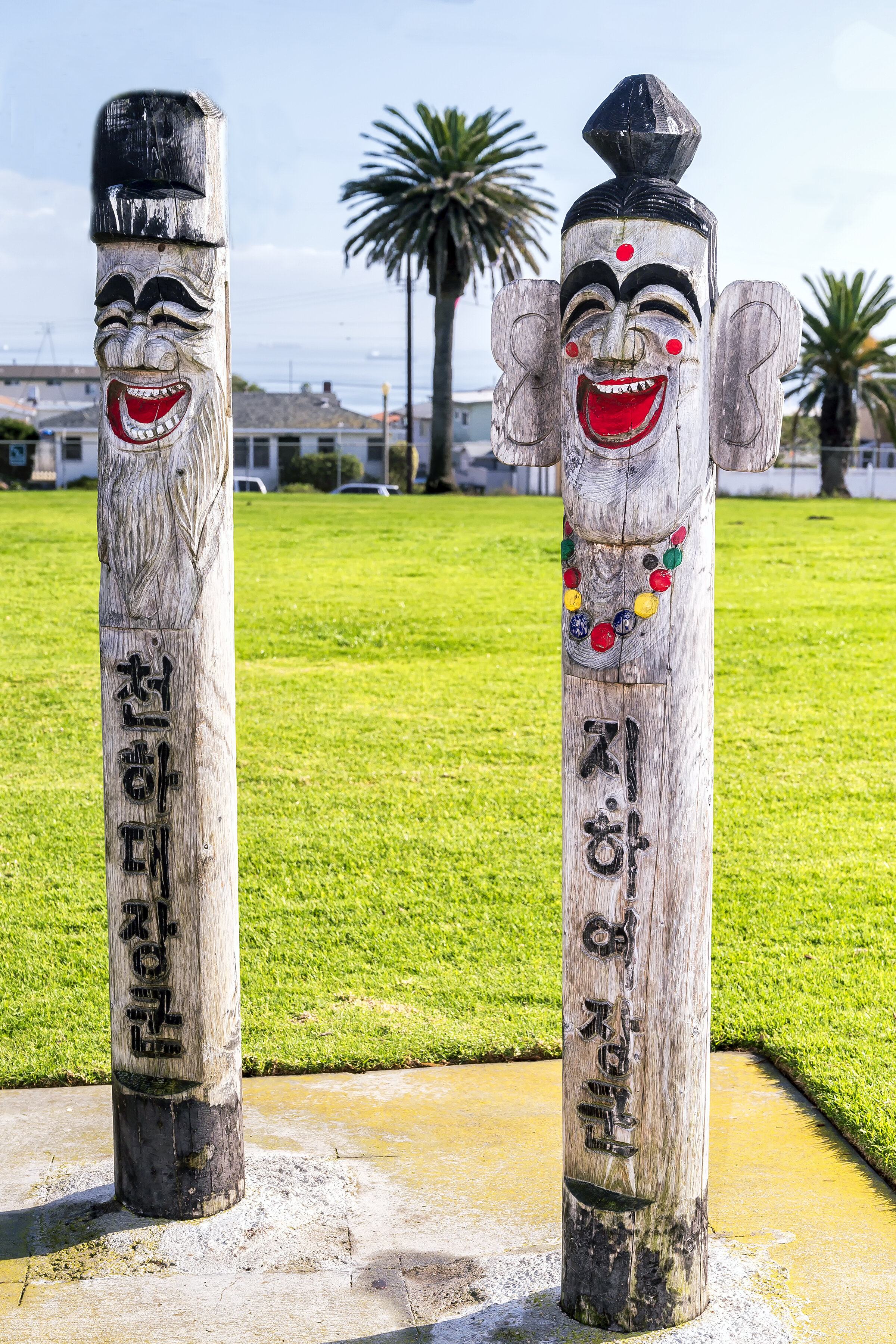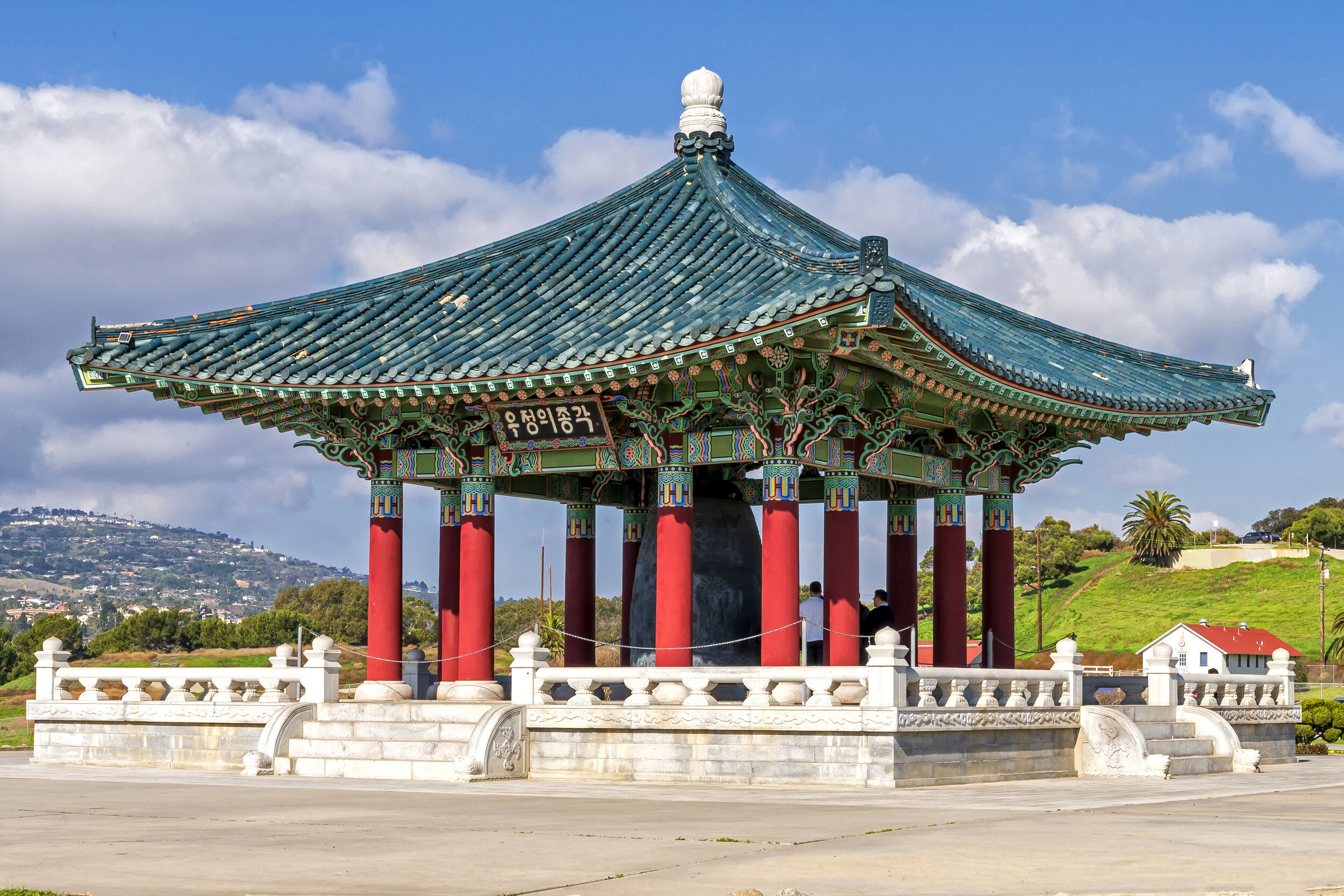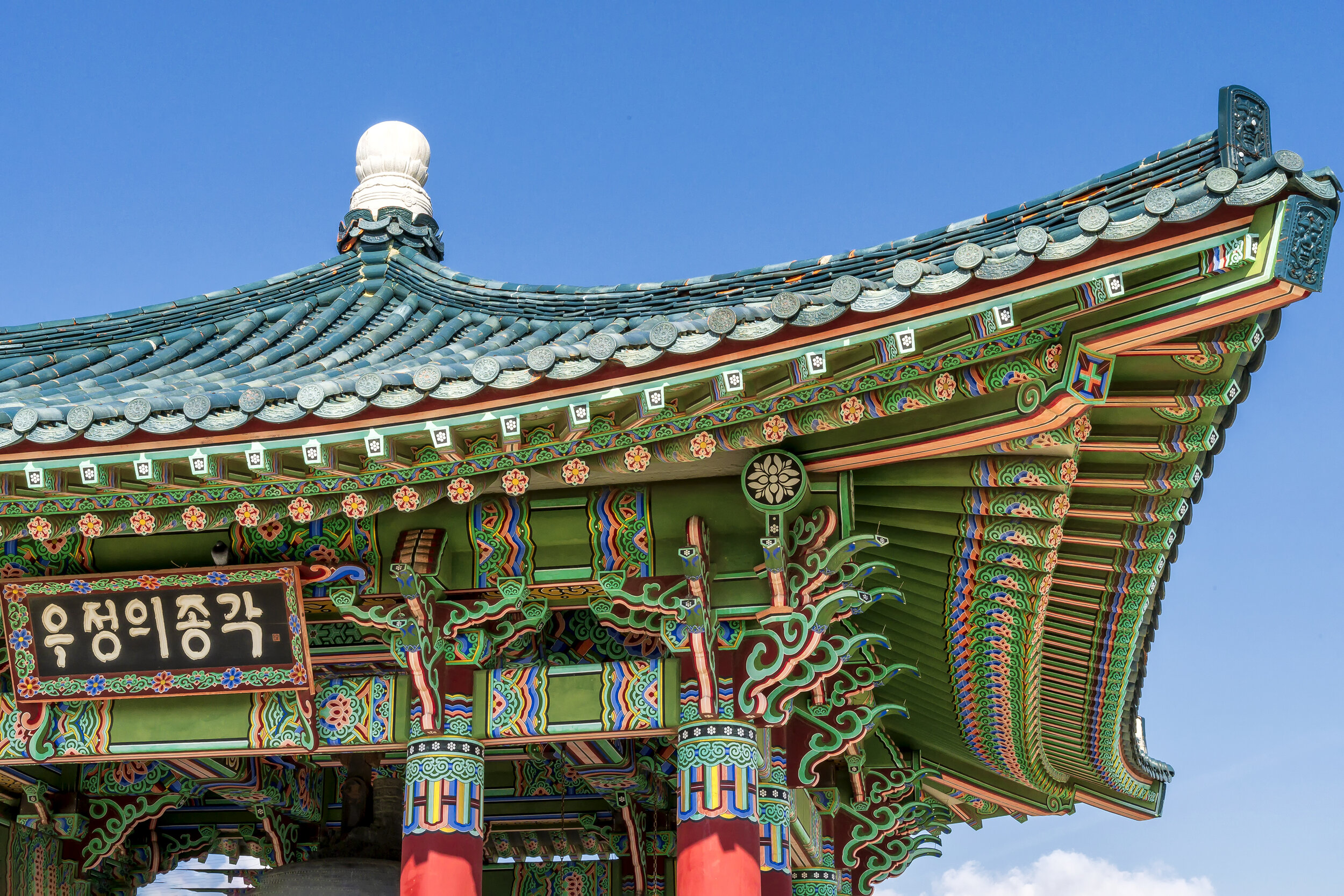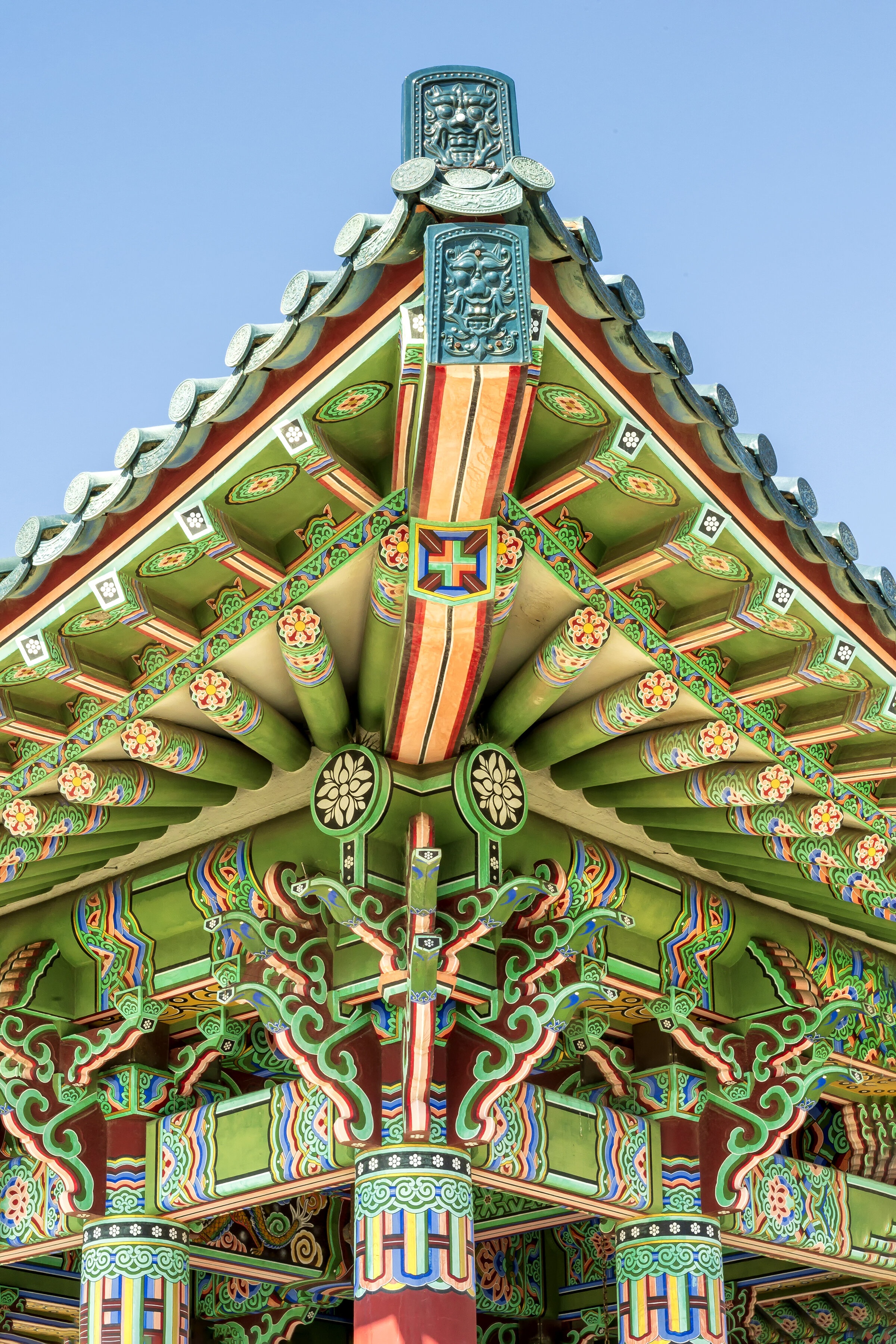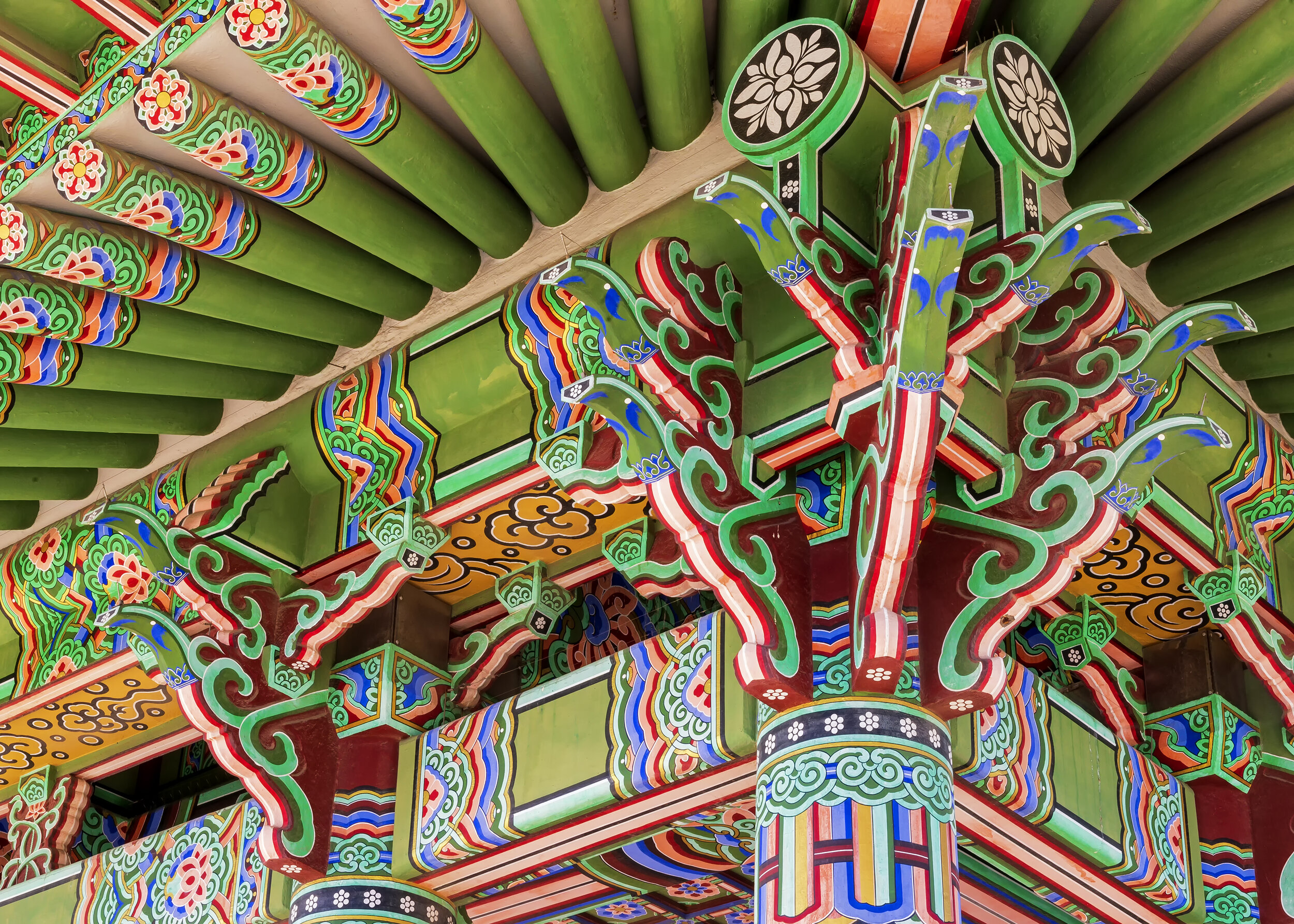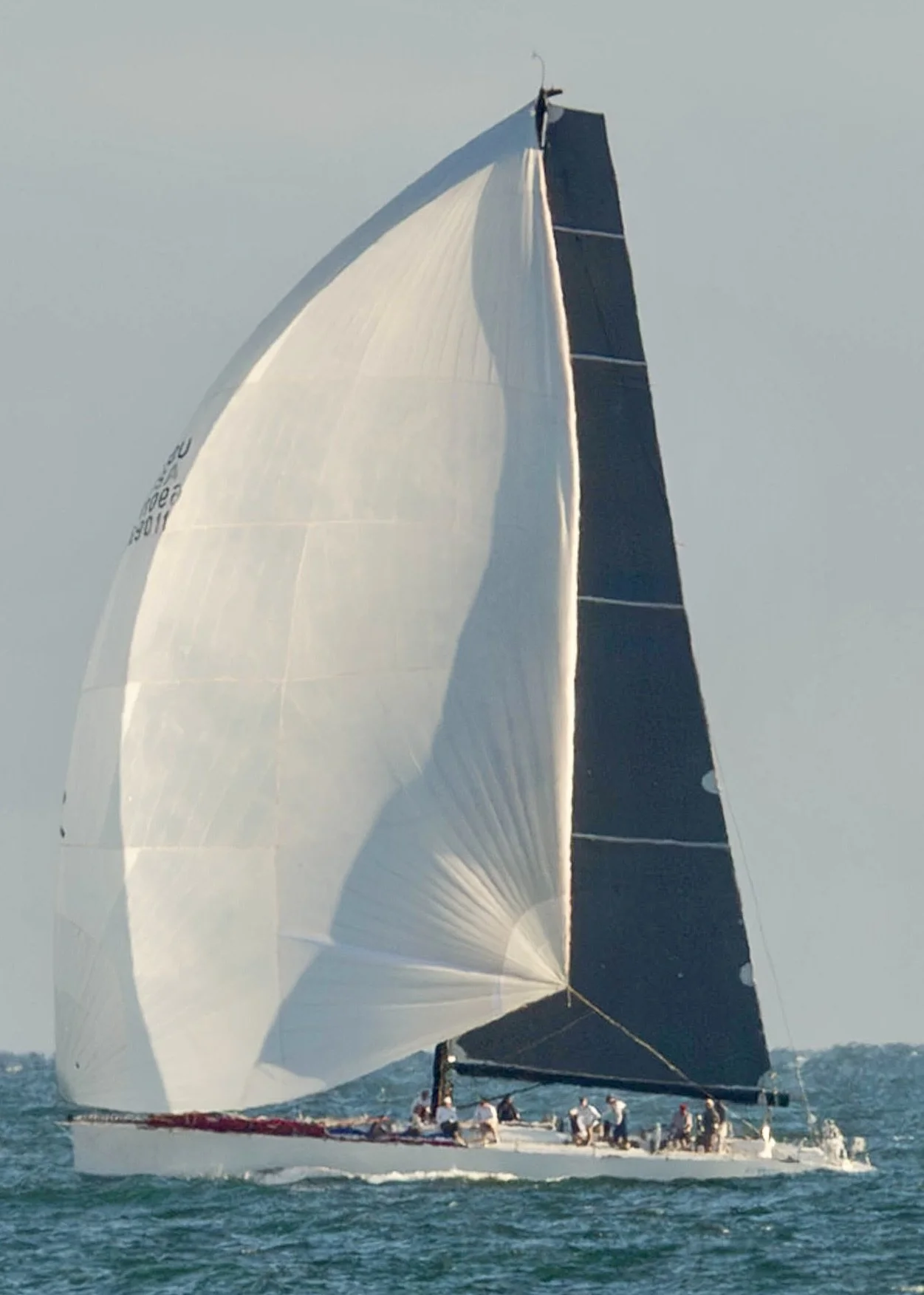The Korean Friendship Bell: An Enduring Symbol of Friendship By Photographer and Contributor Steve Tabor
The Korean Friendship Bell
- Steve Tabor
The Korean Friendship Bell was donated by the people of the Republic of Korea, commonly known as South Korea, to the people of the United States in 1976. The bell celebrates the bicentennial of the United States and a century of friendship between the two countries. Specific aspects of this friendship include the United States assistance with the Republic of Korea’s struggle to regain and maintain its independence and sharing a relationship of mutual trust that will remain forever unchanged.
The City of Los Angeles was chosen by officials of the Republic of Korea because it is home to the largest Korean population in the United States. As to where to place the monument, two locations rose to the top of the list. Although Griffith Park was considered a desirable location, after some research Angels Gate Park became the clear choice.
At the time of the decision, discussions between Federal officials and the City of Los Angeles were underway regarding transferring a portion of the Ft. MacArthur U.S. Army Post complex in San Pedro to the City of Los Angeles due to the pending closure of the military installation. The proposed location now known as Angels Gate Park, not only possessed panoramic views of the Pacific Ocean, but the property had a strong connection to the Republic of Korea.
The military facility was named in honor of Lieutenant General Arthur MacArthur, Jr. who served in the United States Army from approximately 1861 through 1909. During his career he served as the Military Governor of the Philippines. His son, General Douglas MacArthur, earned the rank of five-star general in the United States Army. During his military service, Douglas MacArthur served as a commander of U.S. and Allied forces in the Pacific Theater in World War II. Later in his career, General MacArthur served as the Commander of United Nation Forces during the Korean War. The armistice that concluded those hostilities in 1953 remains in effect, making the Korean War the longest conflict in modern history.
A stone tablet in English and Korean at the beginning of the pathway leading to pavilion outlines the Republic of Korea’s motivation for the gift as well as information about the bell. Directly behind the plaque are two wooden totems, Jang Seung, that protect the bell and pavilion from any evildoers. The spirits were hand carved and donated by international artist, Kim Jong Heung. Similar totems are found at most community spaces in the Republic of Korea.
The traditional Korean pavilion in which the Bell hangs was constructed on site by 30 Korean craftsmen at an additional cost of over $550,000. The base of the pavilion is formed from granite. The 12 pillars and roof were formed out of reinforced concrete. The 12 columns were incorporated into the structure to represent the 12 signs of the Oriental zodiac. Animals at the base of the stairs stand guard over the building. The construction project took approximately 10 months to complete.
The Bell is patterned after the Bronze Bell of King Song Deok which was cast in 771 A. D. At the time of casting the Bell cost $500,000. The 12-foot-high and 7½ foot diameter bell weighs approximately 17 tons. The bell was cast from copper and tin, but gold, nickel, lead and phosphorous were added to improve the tonal quality of the bell. The bell is rung by using the striker log suspended along the side of the bell.
After striking the bell, visitors are encouraged to gently “hug” the outer edge of the bell. The sound waves created by the strike travel downward to an acoustic sound reflector in the floor below the bell. The higher pitched tones strike the reflector, travel upwards through the bell and exit out of the “dragon hole”, small pipe in the top of the bell. These sounds are dispersed across the ceiling of pavilion making them inaudible to the human ear.
The lower pitched tones strike the reflector and create secondary tones that are added to reflected tones that re-enter the body of the bell. The continual reflections of sound waves create a pulsating acoustical tone and sonic vibrations that travel through outer wall of the bell and are felt within the bodies of the visitors “hugging” the bell. These harmonic tones and vibrations are tuned to reach the energy centers within the body to create a sense of peace and calmness.
The Goddess Liberty and an angelic Korean spirit, Seonnyeo, are engraved in relief on the bell in four locations. The Goddess Liberty secures her symbolic torch in the hand of her extended right arm above her head in each of the pairings. Seonnyeo holds a different symbol in each pairing to add to the story of the bell. These symbols include: 1) The Taeguek which is the circular pattern at the center the Republic of Korea flag. The top of the circle symbolizes positive cosmic forces and the bottom half of the circle symbolizes negative cosmic forces. 2) The rose of Sharon, the national flower of the Republic of Korea. 3) A laurel branch to symbolize victory. 4) The dove of peace.
Over the years, the coastal environment had taken its toll on the pavilion and bell. At one point, the bell had to be disconnected from its hanging position and transferred to a wooden platform on the floor of the pavilion. Placing the bell on the platform meant that it could no longer be rung using the traditional method. In 2010, the Korean Friendship Bell Preservation Committee began its fund-raising campaign and restoration project. The project was completed in 2014 and the bell was returned to its original position in the pavilion.
Visiting the Bell
Officially, the sounding of the bell occurs five times a year as the bell tolls on January 13th, Korean American Day, July 4th, in honor the United States declaring its independence, August 15th, in honor of the Republic of Korea’s National Liberation Day, September 17th, celebrating Constitution Week, and December 31st, New Year’s Eve. During these ceremonies the bell is struck 33 times. The first 32 strikes represent the cardinal directional points on a compass: north, northwest, west, etc. The 33rd strike represents a return to the center. In addition, on the 1st Saturday of each month at 12:00 noon, fortunate visitors may get a chance to “test ring” the Bell.
Angel’s Gate Park is located at 3601 Gaffey St. in San Pedro. The parking lot to Angel’s Gate Park is open daily from sunrise to sunset. From 6:00 a.m. to sunrise and following sunset to 10:00 p.m. the park can be accessed by using the parking lot on Paseo Del Mar and using the pathway up the hillside.
Steve Tabor Bio
This South Bay native’s photographic journey began after receiving his first 35 mm film camera upon earning his Bachelor of Arts degree. Steve began with photographing coastal landscapes and marine life. As a classroom teacher he used photography to share the world and his experiences with his students. Steve has expanded his photographic talents to include portraits and group photography, special event photography as well as live performance and athletics. Steve serves as a volunteer ranger for the Catalina Island Conservancy and uses this opportunity to document the flora and fauna of the island’s interior as well as photograph special events and activities.


